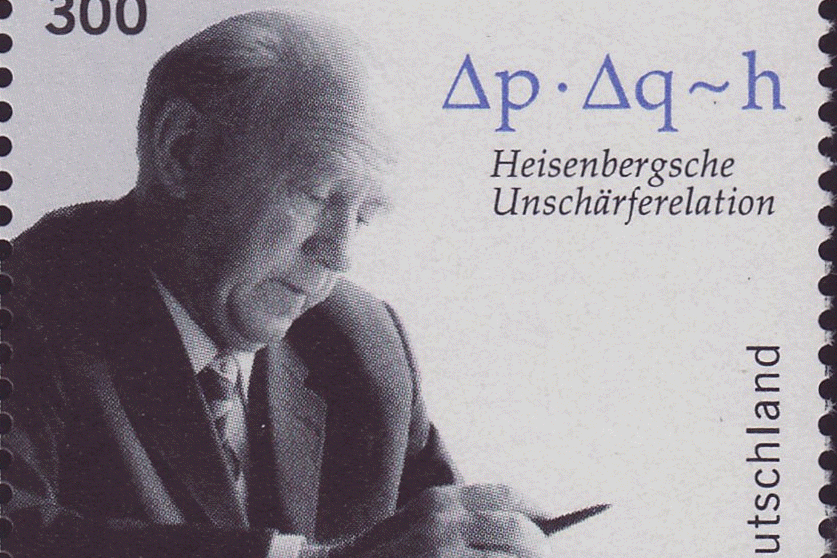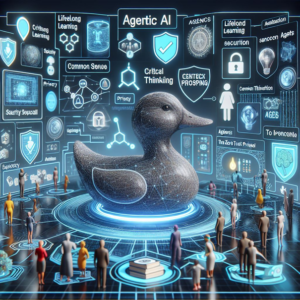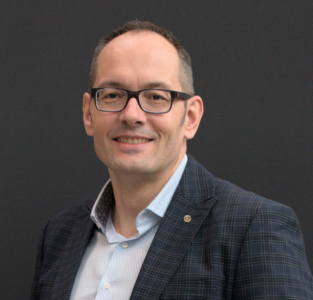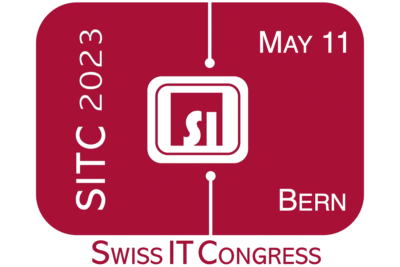Digital transformation is very similar to analogue transformation, that is to those analogue transformations that imply fundamental cultural changes because individuals must adapt their practices and communities must adapt their narratives. Therefore, we can learn from the great transformations in the past – such as the transformation that followed the Glorious Revolution in UK – and from ongoing transformations in the present – such as sustainable re-orientation of industry.
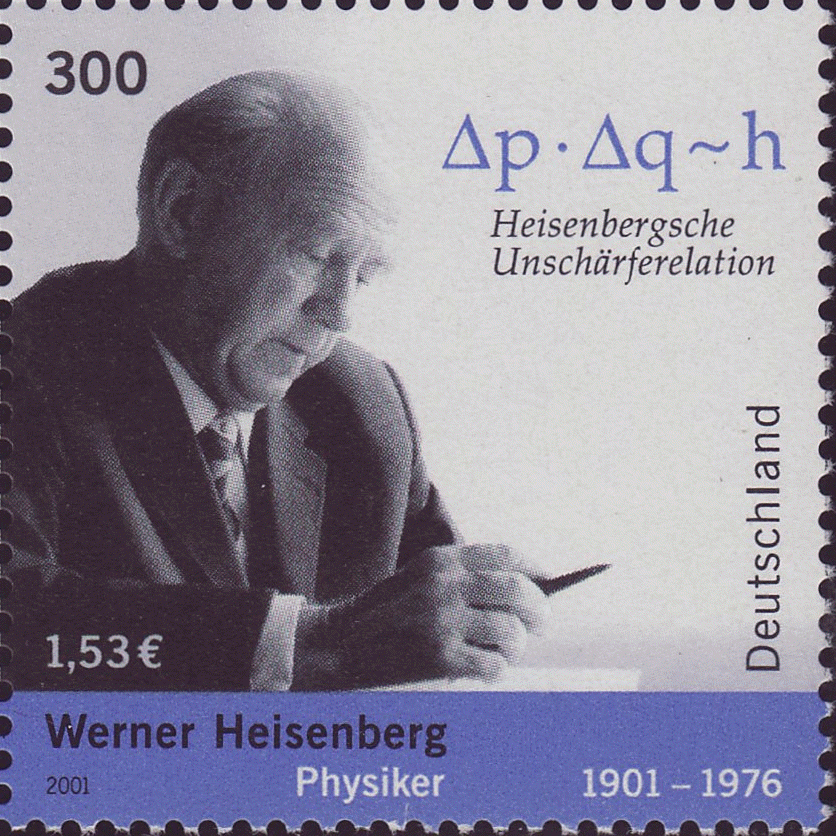
Reinhard Riedl’s notion of precise uncertainty resembles Werner Heisenberg’s famous Uncertainty Principle, which states that the more precisely we measure the position of a particle, the less precisely its momentum can be measured in this instant, and vice versa.
More generally spoken, this principle says that the more precisely we look at a certain property of something, the more blurred become its other properties.
I am not going to discuss the societal transformations nor any kind of bottom-up induced transformations in institutions. Companies cannot wait until the employees go on strike for a faster digital transformation. Their boards must proactively push the digital transformation processes inside the organization.
For this case, that the board is committed to digital transformation, there is ample evidence that transformation processes should be set up as programmes consisting of small, focused projects. Thereby, the programme sets the strategic direction, which the projects implement tactically. However, while programme and projects are two sides of the same coin, both are of very different nature. They pose very different challenges that require different approaches.
When designing the programme, it is important to consciously deal with the different perspectives of all stakeholders and to set an inclusive environment. Even in so-called win-win-win situations, where there are (almost) only winners, the interpretations of the targeted change usually differ greatly. Scientifically precise formulations create lots of oppositions. This may either lead to endless debates or to a non-participation of many stakeholders who share the idea, but not the exact specification. Comprehensive unification could only be achieved through dictatorial means that contradict democratic principles and thus undermine the support for the programme in countries with a vivid democratic practice (like Switzerland). Therefore, unification is a NO GO. Furthermore, fully determined programmes defined with mathematics-like rigor should be avoided, as precise definitions limit the success of the programme execution. Either people are less motivated to propose projects because their proposals are only acknowledged if they are fully compliant with defined goals – worse if a bureaucratic machinery evaluates that compliance – or an anything-goes-mentality takes over because everyone understands that the definitions are not relevant.
“The design of programmes should stick to
the principle of precise uncertainty.”
Quite to the contrary, the design of programmes should stick to the principle of precise uncertainty. Precise uncertainty supports both inclusiveness and orientation, the more if it is combined with a culture of dialogue. Don’t be afraid that you will be blamed for a lack of rigor. Experience tells us that those people who “use” the lack of rigor as a justification for destructive behaviour will act the same way when things are crystal clear. And those people who are honestly lost because of the precise uncertainty are easy to identify and can be given additional support (which will be discussed below). However, the majority will bring their commitment to the programme to the table, since they intuitively understand that the shared goals are more important than the differences with respect to details. Thus, precise uncertainty of the programme provides excellent preconditions for a strong support.
Very importantly, this rules out a participatory definition of the programme, while at the same time it enables a participatory implementation of the programme exactly because of some degree of uncertainty. Unfortunately, you cannot have participation on both levels, programme definition and programme implementation. You must choose, and experience tells us that we should give priority to participation in the implementation.
In the design of implementation projects, on the other hand, the aim is to involve as few different stakeholder groups as possible, because there it is a necessity that everyone fully shares the goals. In concrete projects discussions about goals are always harmful – above all because they reduce the readiness for the necessary discussion of methods. Especially in digital transformation projects, however, a colourful bouquet of different methods is usually needed to minimize risks. Those projects in which goals are discussed become methodologically simple-minded and therefore often fail. On the contrary, in small and focused projects preconditions are given that all pull in the same direction and have enough energy to select the right mix of methods.
“The diversity of programmes targets inclusiveness.
The diversity of the projects targets the minimization of risks.”
Thus, the programme design and the project design are very different in nature. There is diversity in both, but it occurs in entirely different ways. The diversity of programmes targets inclusiveness and represents the real challenge that must be dealt with relying on purposeful ambiguity, namely precise uncertainty; the diversity of the projects targets the minimization of risks and is deliberately chosen under the boundary condition of complete agreement on the goals: it tries to exploit the bounty of knowledge and skills to ensure that the project is well prepared for unexpected difficulties.
Talking about “ambiguity” rings a bell, of course: Is this like art? Well, somewhat. Some artists are very open in the design process but insist on maximal quality and discipline in the implementation process. In theatre, for example, except for very rare cases (like in the past “Ritter, Dene, Voss” in Burgtheater) the performing of a play requires high discipline, while the development of the performance often profits from the openness of the director to the suggestions from the actors. You must not have good ideas every other night and choose a different door and time to enter the stage.
All this is well known, as you can easily see ex contrario: Precise definitions are often requested in an early phase from those who oppose the idea of the programme, while flexible interpretations are requested in a later phase, sometimes by the very same people.
Fortunately, such intrigues are not a real problem if you anticipate them. Intrigues are part of business and government life. They are so ubiquitous that literature and theatre are also overflowing with them – read about it in the Swiss classic “Intrigue – Theory and Practice of Deceit” by Peter von Matt. The real problem is usually that even well-meaning supporters either demand inappropriate sharpness of concepts or display sloppiness where precision is needed. They want the best but erode the foundations of the intended transformation. What would it take to prevent this?
The root cause of the problem are often, on the one hand, the insecurity and fear of the new that trigger requests for precise definitions and, on the other hand, the inability to recognise the dissimilarity of the similar and thus to apply sufficient precision. There seems to be no short-term remedy for such fears and cognitive perception problems. The only solution that works ad hoc is intensive, respectful coaching, which creates high communication costs but still pays off in the long run.
However, as for consecutive education we know how to teach the qualities that are necessary to deal with precise uncertainty quite well. Necessary – or at least very helpful – is the practice of inventing definitions. A person who has learned to create a definition when necessary is less afraid of uncertainty and usually recognises very clearly the dissimilarity of the similar. In addition, she or he finds it easier to recognise the sameness of the dissimilar which helps in the cross-divisional transfer of solution methods.
And in the digital transformation? All this is even more important. Transformation must be understood as a cultural process that is developed programmatically with precise uncertainty and realised with small and focused, optimally pre-planned and yet disciplined agile projects. For this, we need to train the capable junior staff at the universities.
Reinhard Riedl, MEng PhD, is a mathematician who focuses on transdisciplinary research combining computer science, business administration, law, political science, economics, psychology, sociology, and ethnology.

